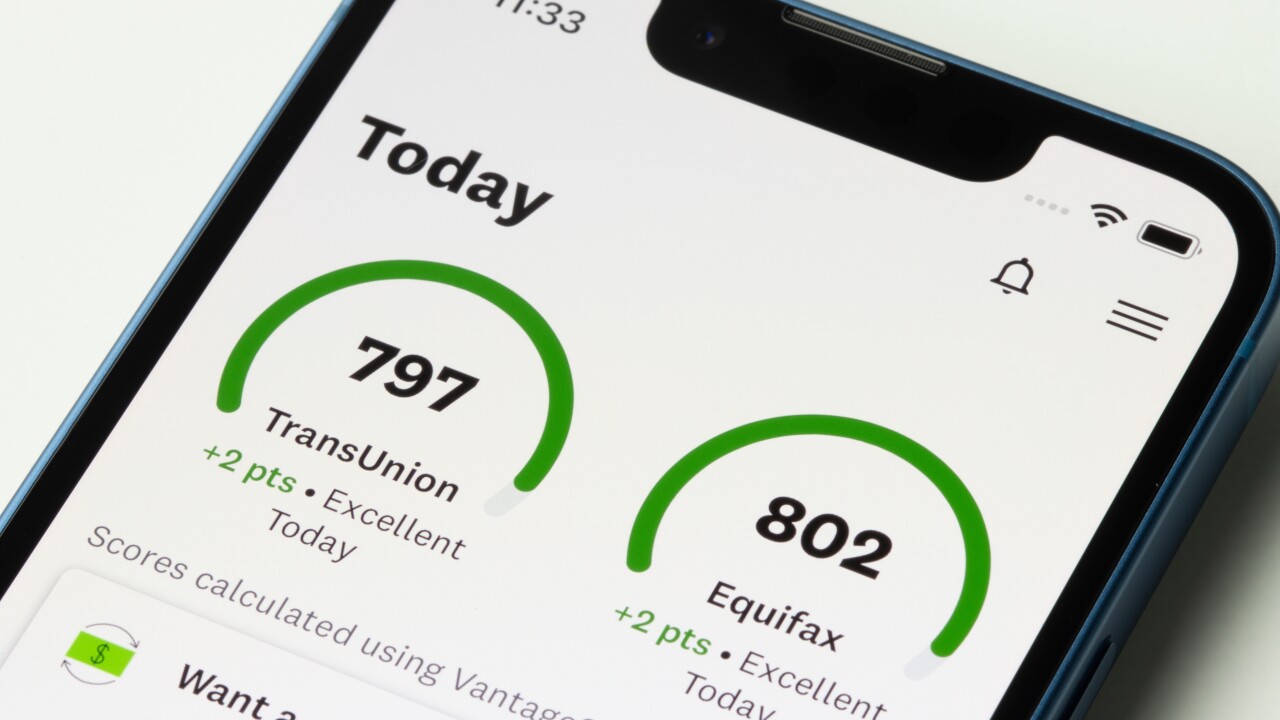Freddie Mac more than doubled its business in the first quarter on a year-over-year basis, given low interest rates and relative stability compared to the disruption caused by the early days of the pandemic. The quarter also featured a substantial showing in refinancing despite mortgage rates largely rising during that period.
The company handled $362 billion in new single-family activity in the first quarter, with $273 billion coming from refis. This was down from $383 billion in single-family in the fourth quarter ($274 billion of refis) but way up from $138 billion in the first quarter of 2020 ($83 billion of refis).
"Freddie Mac supplied $377 billion of liquidity to the single family and multifamily segments in the quarter," Chief Financial Officer Chris Lown said during a very brief earnings call. "Our funding helped 1.4 million families purchase, refinance or rent a home, a significant increase compared with the 637,000 we supported in the first quarter of 2020."

The government-sponsored enterprise earned $2.77 billion in the first quarter, compared with net income of $2.91 billion
"These increases were driven by mortgage portfolio growth and higher upfront fee income recognition in single-family, strong margins on loan commitments in multifamily and lower credit expenses," Lown said.
This quarter, Freddie Mac made a change to how it divides its earnings, consolidating its segments to two from three; it now reports just single-family and multifamily, whereas in the past it reported capital markets separately.
Since the financial crisis forced a change to Freddie Mac's business model, its mortgage-related investments portfolio has dwindled. As a result, "our capital markets activities have become increasingly focused on supporting our single-family and multifamily businesses," the company's quarterly Securities and Exchange Commission filing said.
Nearly all of the revenues and expenses that were previously directly attributable to capital markets segment are now included under single-family, while certain administrative expenses and other centrally-incurred costs are split between single-family and multifamily segments.
In the first quarter, the single-family segment had net income of $1.738 billion, down marginally from an adjusted $1.747 billion in the fourth quarter and $411 million in the first quarter of 2020.
The single-family segment benefited from higher net interest income. That was mainly due to 22% portfolio growth from the prior year and increased upfront fee income recognition because of faster mortgage prepayment speeds, Lown said. The segment also incurred lower credit related expenses.
Helped by the refinance boom, Freddie Mac's single-family portfolio grew to $2.46 trillion as of March 31, compared with $2.33 trillion on Dec. 31, 2020 and $2.02 trillion on March 31, 2020.
Meanwhile the serious delinquency rate for Freddie Mac's single-family loan portfolio fell for the second straight quarter to 2.34%, from 2.64% in the fourth quarter and 3.04% in the third quarter of 2020.
Approximately 2.19% of the loans in Freddie Mac's single-family portfolio are in forbearance, down from 2.7% on Dec. 31, 2020. Of that total, 0.32% were current on March 31, but that was down 5 basis points from the end of the fourth quarter.
The multifamily business earned $1.03 billion in the first quarter compared with a loss of $238 billion in last year's first quarter.
"This increase was mainly driven by investment gains, which were primarily due to continued robust margins and multifamily loan commitments," said Lown. "Those gains were partially offset by lower guarantee fee income driven by higher fair value losses on the guarantee asset as a result of an increase in interest rates from the prior year quarter."
Thanks to the changes to the Preferred Stock Purchase Agreements that allow the GSEs
As it stands, based
However, the senior liquidation preference on that stock held by the U.S. Treasury grew to $89.1 billion as of March 31, compared with $86.5 billion three months prior and $81.8 billion one year prior.





